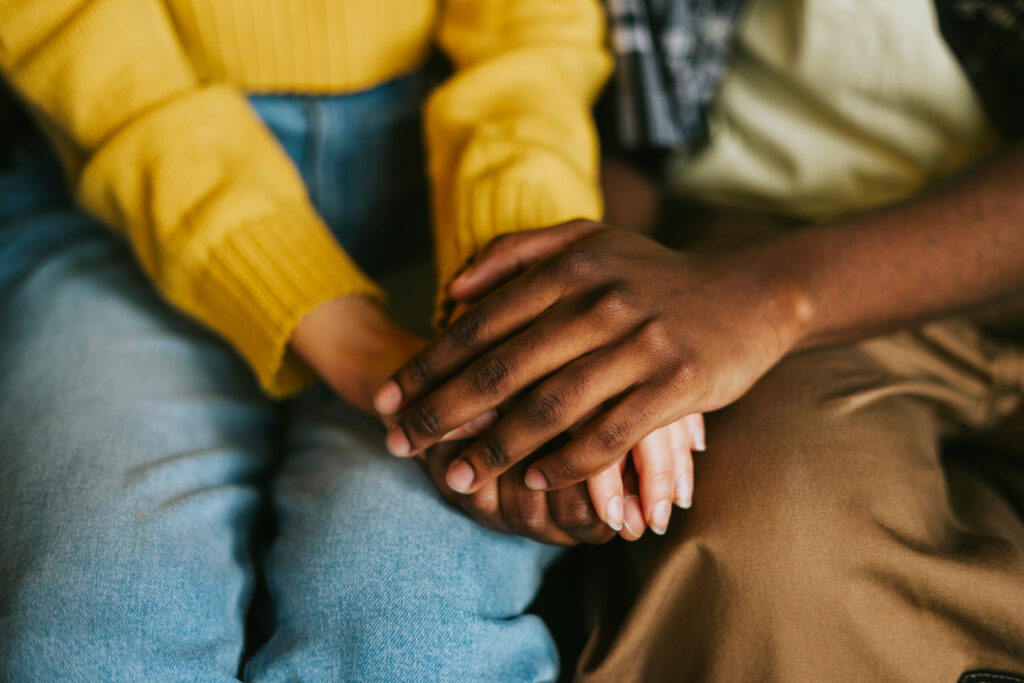
“Recognizing the body pattern of grief, we can learn to soften to that tension instead of feeling defeated by the idea that fear and anger are our only alternatives.” – Stephen Levine
Why is it so hard to look at death? Why is it so hard to die? In the words of grief educator Stephen Jenkinson: “Why, if dying is so common, is it so much a mysterious and troubling thing among us?”
Grief is a natural part of the human experience, yet it is often viewed as a negative emotion that should be avoided or suppressed. However, the truth is that grief is an essential component of the healing process. It is through the experience of grief that we are able to acknowledge and process the loss of a loved one, and ultimately move towards acceptance and peace. Mindfulness can be a powerful tool in the journey through grief, allowing us to fully experience our emotions and our physical body, and find moments of peace amidst the pain.
Mindfulness is the practice of being fully present and engaged in the present moment, without judgment or distraction. In the context of grief, mindfulness means allowing ourselves to fully experience the emotions that arise, without pushing them away or trying to numb them. This can be a difficult practice, as grief often brings intense feelings of sadness, anger, and confusion. However, by staying present with our emotions and accepting them as they are, we can begin to work through them in a healthy and healing way.
One of the most important aspects of mindfulness in grief is the practice of self-compassion. When we experience loss, it is common to feel guilty or blame ourselves for things we did or didn’t do. However, self-compassion means treating ourselves with kindness and understanding, just as we would a close friend or family member. By offering ourselves compassion and forgiveness, we can begin to let go of self-judgment and find greater peace within ourselves.
Another key aspect of mindfulness in grief is the practice of gratitude. Although grief can be incredibly painful, it is often accompanied by a deep appreciation for the love and connection we shared with our loved one. By focusing on the positive memories and experiences we shared, we can find moments of joy and gratitude amidst the pain. This can be a powerful source of healing and comfort as we navigate the difficult journey of grief.
Ultimately, mindfulness is about being fully present with our emotions, whether they are positive or negative. In the context of grief, mindfulness means accepting the pain and sadness that comes with loss, while also finding moments of peace, gratitude, and connection. It is through the practice of mindfulness that we can begin to heal and find meaning in the midst of grief. As poet and mindfulness teacher Stephen Levine once said, “In the end, only three things matter: how much you loved, how gently you lived, and how gracefully you let go of things not meant for you.” By embracing mindfulness in our grief journey, we can learn to let go with grace and find greater peace within ourselves.
  |
Brian Stefan is a psychotherapist and proud social worker specializing in grief, suicide, anxiety, and crisis response. He is the founder of the California Grief Center, and is an adjunct faculty member at California State University Los Angeles, School of Social Work. Karen Cryer is a yoga therapist and RYT-500 registered yoga teacher with a concentration in somatic and embodied awareness practices. She has also been an LA Mindfulness Facilitator since 2015, and is the owner/teacher of ‘No Mud No Yoga, Yoga for Radiant Health’ specializing in practices of therapeutic yoga, mindfulness, & Daoist Qigong. Bryan and Karen are hosting Moving Together Through The Grief Journey: A Mind & Body Daylong Retreat, an In-Person Half-Day Retreat at Benedict Canyon Retreat House on Sunday, July 2, 2023 from 10:00 AM – 4:00 PM PT |
Want more posts like this delivered weekly to your inbox?
Subscribe to our newsletter for weekly blog posts, inspiration, classes and much more!
